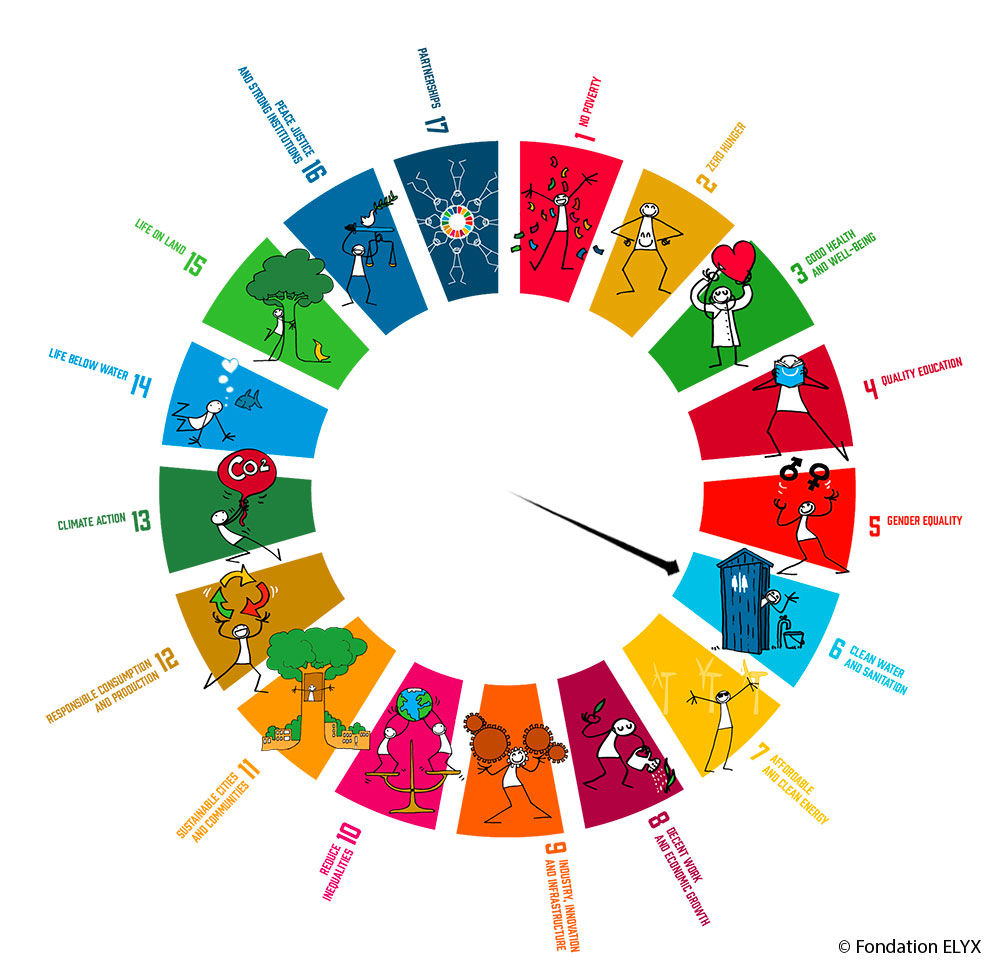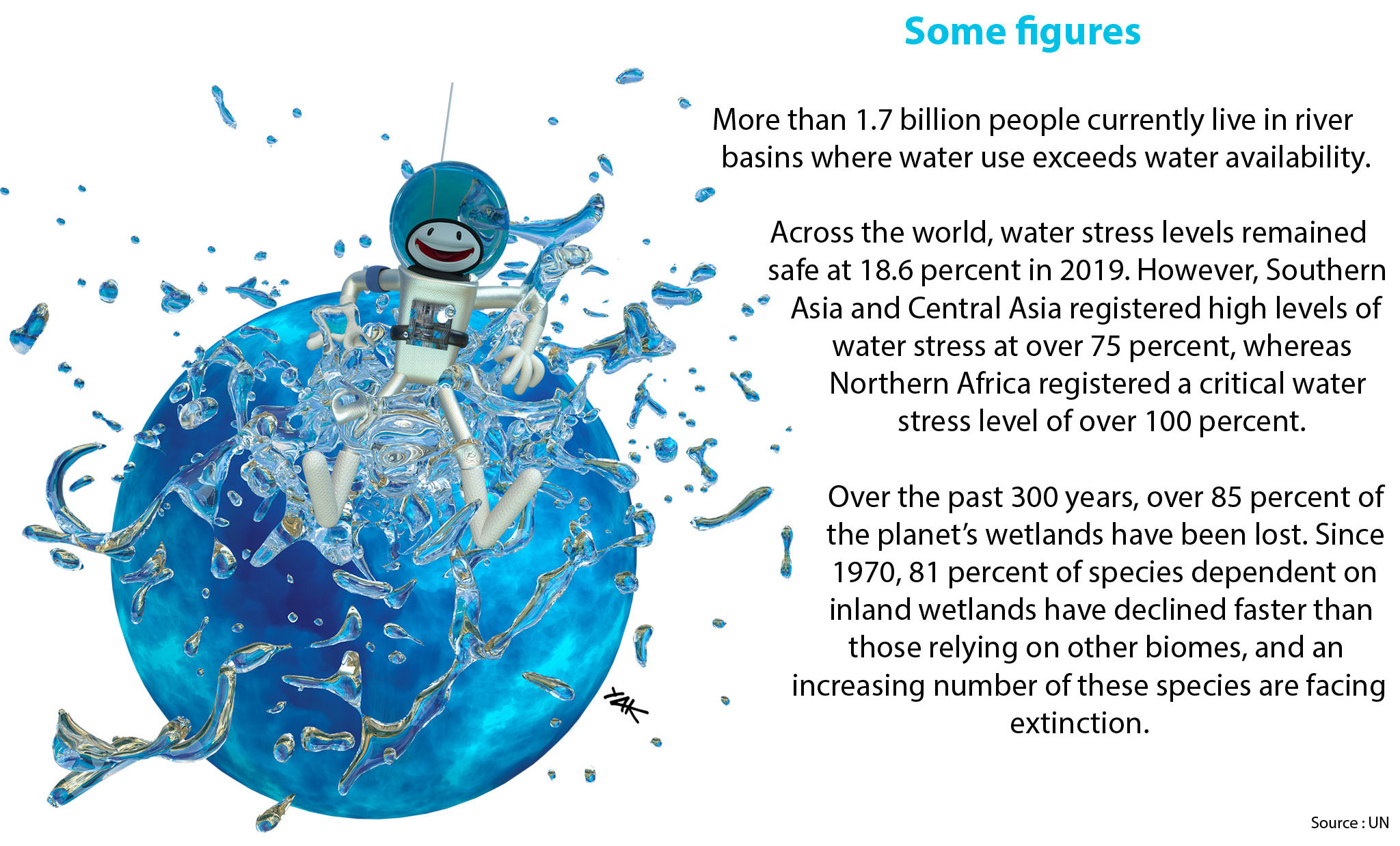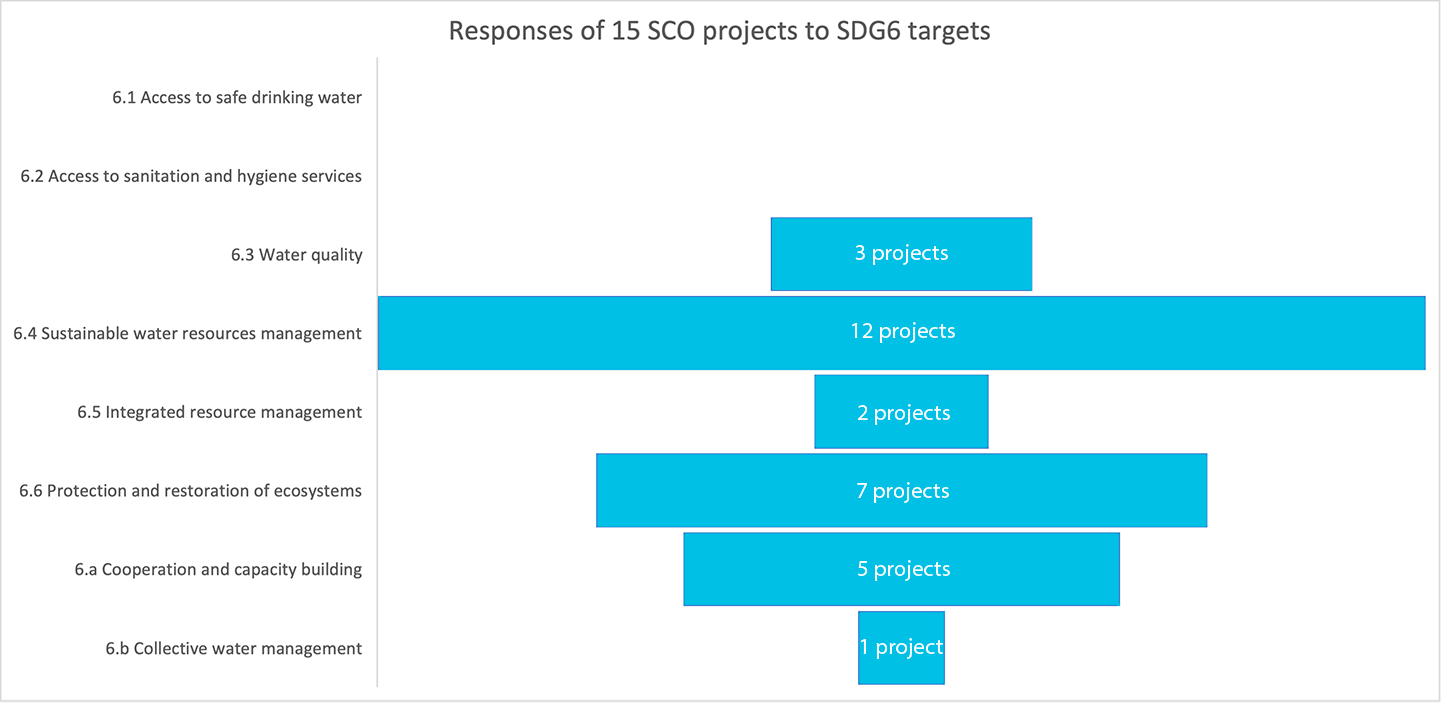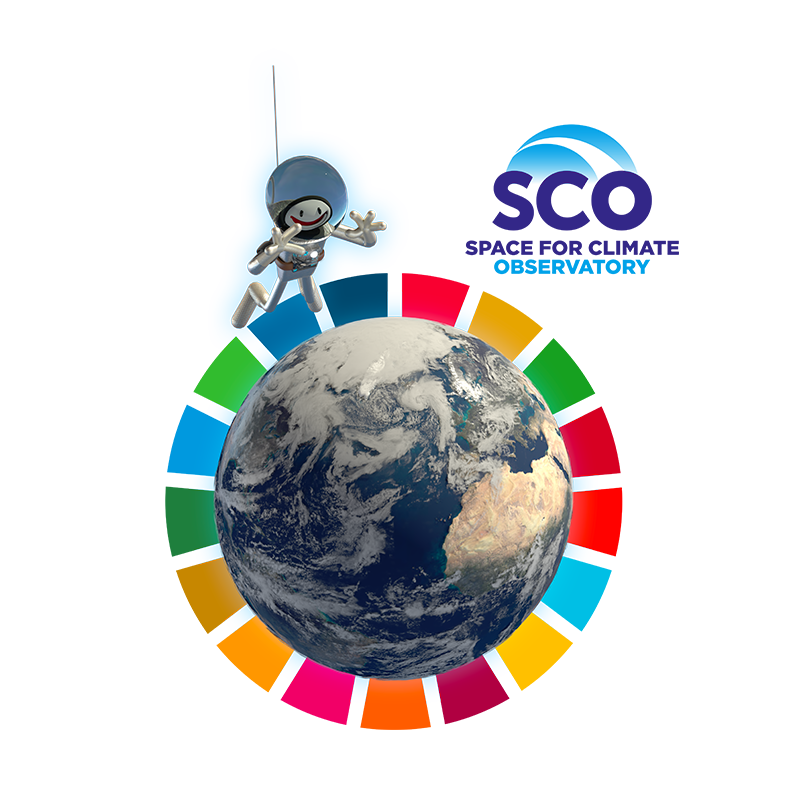SCOlutions to Sustainable Development Goals - #4, SDG6
A vital and strategic resource, water influences health, hygiene, food, education, the environment and the climate. However, climate change is leading to a potential decrease of 10 to 30% in river flows in summer and is impacting the level of aquifers, from which 70% of the water withdrawn is used for irrigation. According to the UN, water shortage affects more than 40% of the world's population and is expected to increase further. More than 1.7 billion people currently live in river basins where water use is greater than the quantity available... Faced with these multi-sectoral problems, let us discover some SCOlutions to the SDG6, testifying the crucial contribution of the space sector in sustainable water management.
As a reminder, Space for Climate Observatory (SCO) is in line with the Paris Agreement and the 2030 Agenda. By gathering international space expertise alongside science, particularly in favour of vulnerable territories, SCO is intended to become an essential tool for informing decisions on adaptation and resilience to the consequences of climate change.
26 % of SCO projects address water management.

SCO and SDG6 "Ensure access to water and sanitation for all and ensure sustainable management of water resources”
The 15 SCO projects addressing SDG6 all respond to the fourth target, which aims at sustainable management of water resources. Earth observation data is a key tool for measuring and monitoring the state of watersheds, as in the case of {OpHySE} project, carried out on seven rivers in French Guiana, in partnership with the International Office for Water. On a larger scale, for the integrated management of resources, particularly transboundary resources, the fifth target of SDG6, {AmSudSat} project involves the Brazilian National Water Agency in developing a system for monitoring and forecasting the flows of the major South American watersheds, the Amazon and Paraná.
Since hydraulic dams also constitute important reserves, {Stock Water} is implementing, with all countries that wish to participate, a global solution for satellite monitoring of the load of dams around the world. Overall, these projects respond to the objective of international cooperation of the SDG6 with, for the most part, a capacity building component.
When the water resource is not visible, this does not disturb satellites, which are capable of estimating soil moisture. Thus, {BOSCO} project is co-constructing a service for estimating the water content of Breton region with numerous public and scientific players.

In terms of use, since agriculture is the sector most dependent on the availability of water resources, SCO is accelerating projects such as {MEO Climate}, which supports the rural and semi-rural world in its adaptation to climate change, or {Space4Irrig}, which is devoted to the water needs of field crops in the Tarn basin. In Morocco, where water resources are becoming dangerously scarce, {IRRISAT} project provides daily indicators, including evapo-transpiration, soil moisture and crop irrigation needs.
Since SDGs and SCO are particularly concerned with vulnerable populations, it is impossible to ignore the fact that in certain territories, a low water resource can fuel conflicts, while the urbanisation that is taking place there increases the risk of pollution. {ECLAT} project, conducted in the Lake Chad region and in Senegal, has implemented an automatic quantification of permanent and seasonal water surfaces. Correlation with an urban dynamics index, also derived from remote sensing, makes it possible to assess the impact of urbanised areas on the quality of nearby waters
Finally, other SCO projects focus on the protection and restoration of water-related ecosystems, the sixth target of SDG6, such as {AIonWetlands} in Mediterranean basin and {EO4Wetlands} in Dutch-Belgian area.
To go further:
- Demonstration, during the 4th SCO France Quarterly Meeting, of how three SCO projects use satellite data to automate water monitoring and management systems by correlating territorial vulnerability indices. See it here.
- SDG6 presented by the UN





